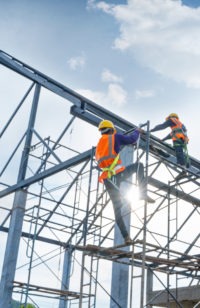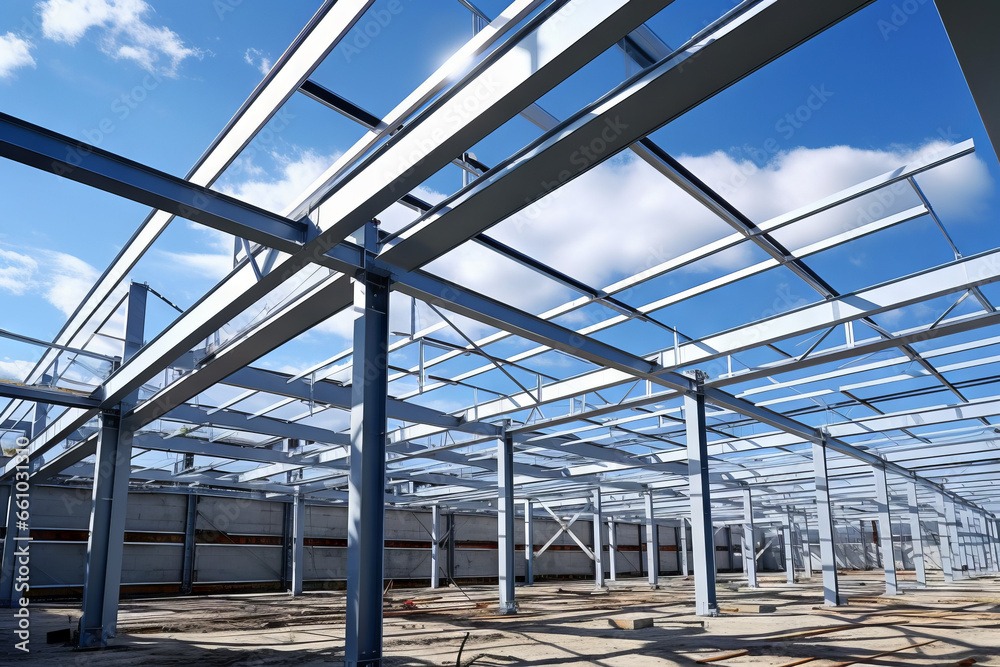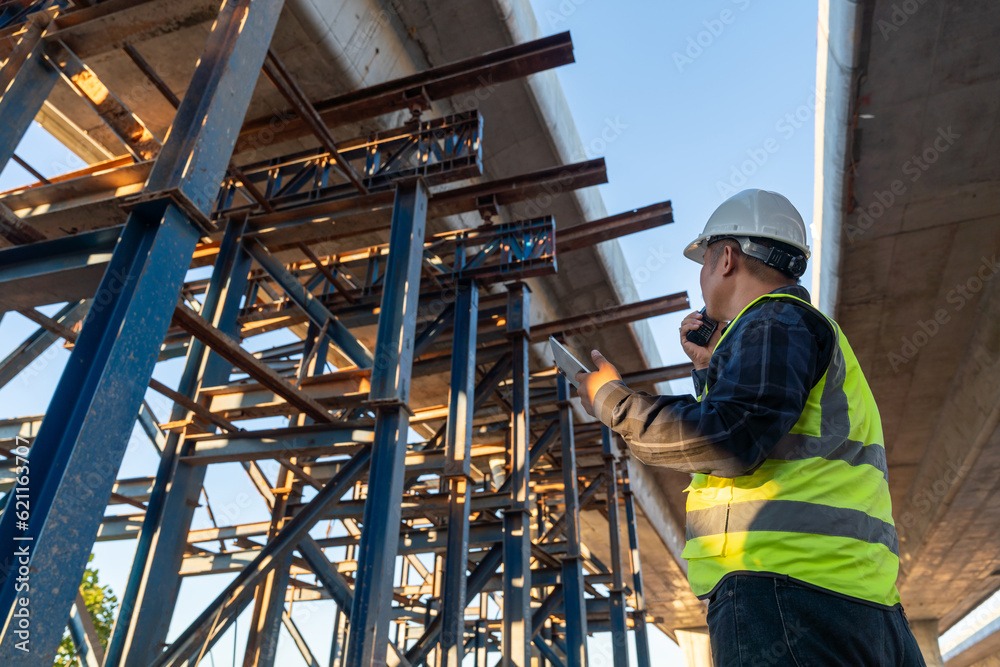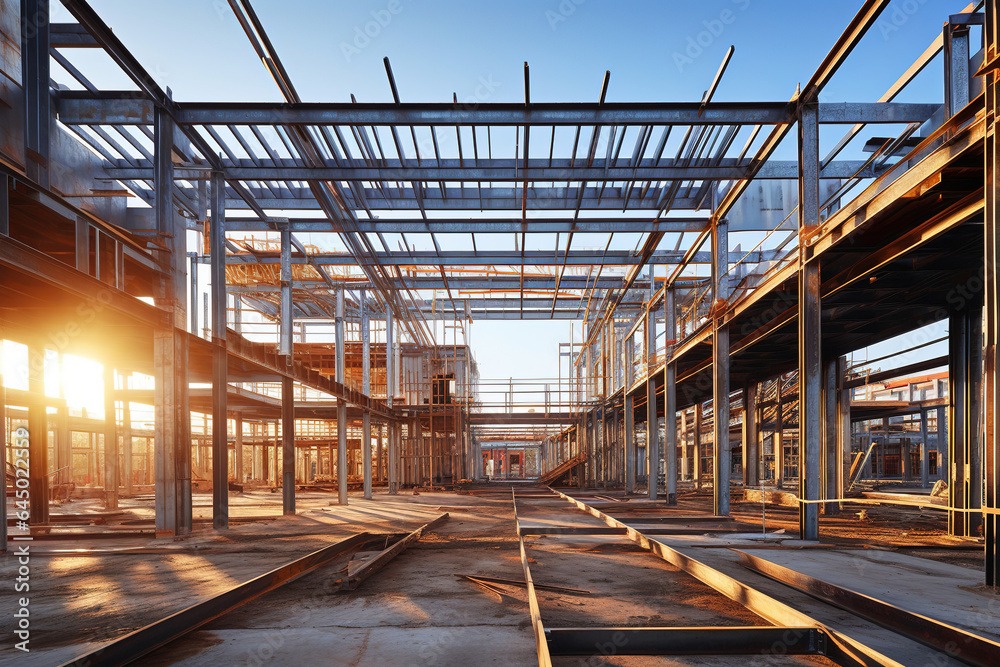This is a complex process that requires careful planning, coordination and reliable implementation. This process is critical for a variety of construction projects including buildings, bridges and industrial facilities. To give you a better idea, we will describe how such delivery and installation of steel structures is carried out:

1. Design and production
Design phase: Detailed architectural and engineering designs are created that specify the dimensions, load capacities and connections of the steel components.
Production: Steel components are manufactured to design specifications. This process often occurs in a specialized facility where cutting, drilling, welding and painting of steel components is completed.
2. Planning and logistics
Transport planning: determining the logistics for transporting the produced steel from the factory to the construction site. This includes route planning, obtaining the necessary permits for oversize loads and scheduling deliveries.
Site preparation: Ensuring the site is ready for the arrival of steel. This includes preparing the foundations, erecting scaffolding and installing cranes or other lifting equipment.
3. Supply of steel components
Transportation: Steel parts are transported to the site. Large or heavy elements may require special transport arrangements.
Reception and control: Upon arrival, components are inspected for damage during shipment and to ensure they meet design specifications.
4. Installation
Arrangement of components: arrangement of steel components on site in preparation for assembly.
Assembly process: Use cranes and other lifting equipment to lift the steel components into place.
Alignment and fixing: the components are aligned according to the architectural plans and then fixed in place. This may involve bolting, welding or a combination of both.
Security checks: Continuous safety checks are necessary to ensure the stability of the structure during installation.
5. Joining and welding
Welding: if necessary, welding is carried out for joining steel elements. This work is carried out by certified welders to ensure the integrity of the joints.
Screwing: high strength screws are also used to secure the joints. Torque specifications are carefully followed to ensure a secure fit.
6. Quality control and inspection
Regular checks: Continuous checks are carried out throughout the assembly process to ensure compliance with design specifications and safety standards.
Non-destructive testing: In critical areas, non-destructive testing methods such as ultrasonic testing can be used to verify the quality of welds and joints.
7. Finalisation and handover
Completion of assembly: once all components are assembled, a final check is carried out.
Handover to the next phase: the steel structure is then handed over for the next phase of the construction project, such as the installation of floors, walls and roofing.
Prerequisites for successful installation
The supply and erection of steel structures is fundamental to the success of many construction projects. It requires a high degree of precision, expertise and coordination to ensure that the final design meets all safety, quality and design standards.
Coordination with other trades: Coordination with other construction activities and trades on site is essential for smooth operations.
Weather conditions: weather can affect the erection plan, especially in the event of strong winds or extreme temperatures.
Security protocols: Adherence to strict safety protocols is essential to protect workers and ensure the structural integrity of the building.
Skilled labour: Assembly requires skilled workers, including crane operators, assemblers, welders and ironworkers.



